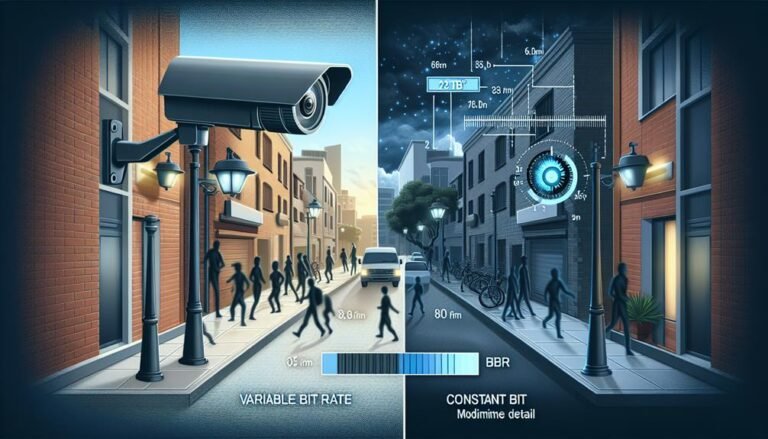VBR Vs CBR : Understand The Ture Facts

Video encoding is the process of converting raw video data into a compressed format that can be efficiently stored and transmitted. This technology is fundamental to the delivery of digital video across various platforms, including streaming services, video conferencing, and broadcast media. Encoding involves using algorithms, known as codecs, to reduce the file size while maintaining as much of the original quality as possible. This balance between compression and quality is critical to ensuring that video content is accessible and viewable across different devices and networks.
The process of video encoding typically starts with raw footage, which consists of uncompressed video data captured by cameras. This raw data is immense in size and impractical for direct use or distribution. Encoding compresses this data by removing redundancies and irrelevant information, significantly reducing the file size. Common codecs used in video encoding include H.264, H.265 (also known as HEVC), and VP9. Each codec has its own methods and efficiencies for compressing video, with newer codecs generally offering better compression rates and quality preservation.
H.264, for instance, has been widely adopted due to its ability to provide high-quality video at relatively low bitrates, making it ideal for online streaming and mobile applications. H.265 further improves on this by offering up to 50% better compression efficiency than H.264, which means higher quality at the same file size or smaller files for the same quality. This advancement is particularly important as it allows for 4K and even 8K video streaming, which demands substantial data throughput.
Video encoding also involves key settings such as bitrate, resolution, and frame rate. The bitrate determines the amount of data processed per second, directly impacting the video’s quality and file size. Higher bitrates produce better quality but larger files, while lower bitrates reduce file size at the expense of quality. Resolution and frame rate settings further influence the visual experience and compression efficiency, with higher resolutions and frame rates providing sharper and smoother video but requiring more data.
Advanced video encoding techniques also include adaptive bitrate streaming, which adjusts the quality of the video stream in real-time based on the viewer’s network conditions. This ensures a smooth viewing experience with minimal buffering, regardless of the network’s bandwidth limitations.
In conclusion, video encoding is a crucial process that enables the efficient storage and distribution of video content. By leveraging sophisticated compression algorithms and settings, encoding makes it possible to deliver high-quality video experiences across a wide range of devices and network conditions. As technology continues to advance, video encoding will remain at the forefront of media distribution, ensuring that content creators and consumers alike can enjoy seamless and high-quality video experiences.

